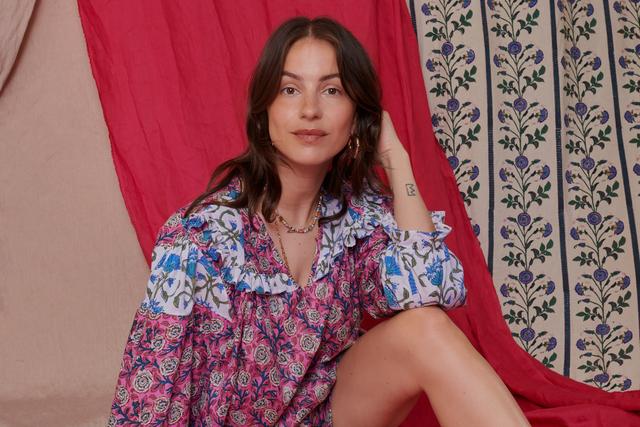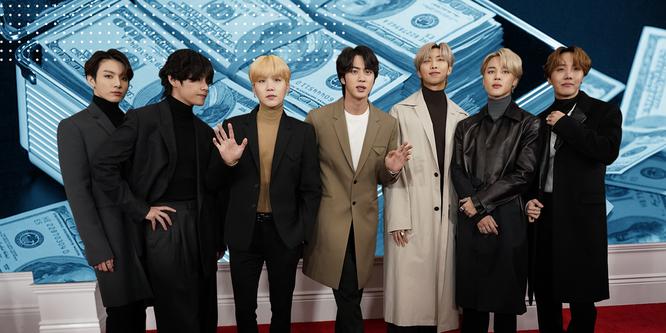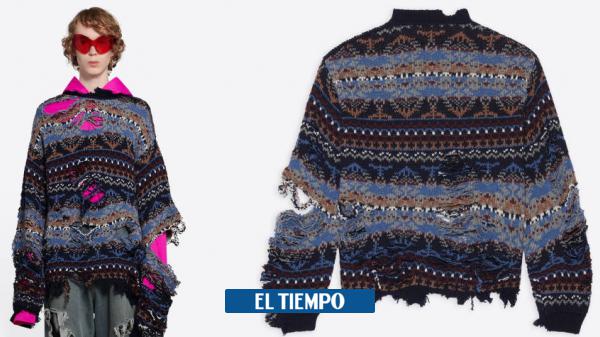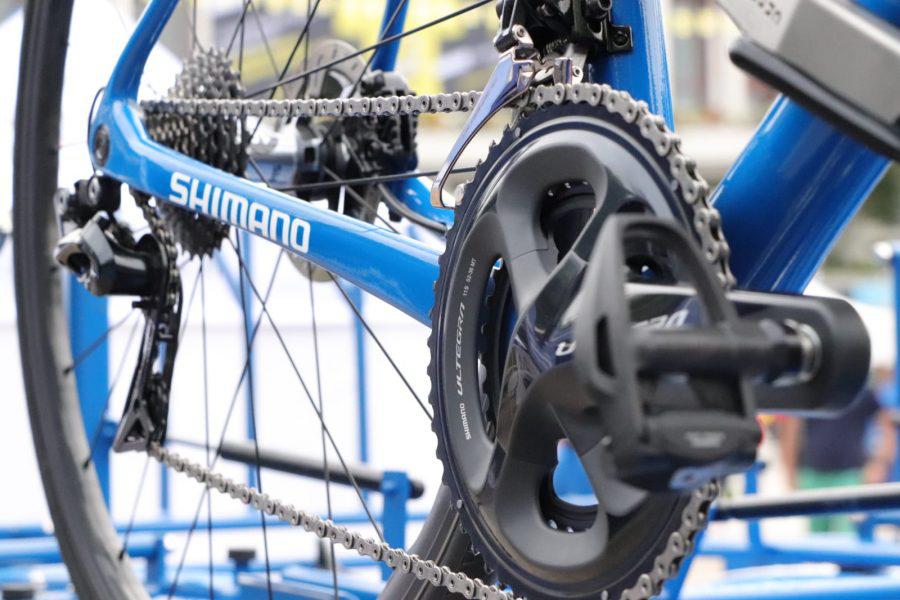All Things Mochi, the fashion firm that mixes the UPCyCling with centenary crafts
Interview with this Dutch brand, founded in 2013 by the Palestine Ayah Tabari, has left behind an ankylrosated production system based on the seasons, to bet on a slow fashion that bets on artisan peculiarities from countries such as India and Mexico, while hugging imperfection
By Sara Hernando
All Things Mochi is not a normal firm.At least not one that responds to the parameters imposed by the current textile industry.Away from the catwalks, fashion weeks and seasons, this Dutch brand, founded in 2013 by Ayah Tabari, is articulated around a system of small capsule collections, where the UPCyCling, along with the artisanal techniques of the embroidery, are the protagonists.“We have three different lines: Mochi reconstruced, Mochi Signatures and Mochi Finds, to which new pieces are added throughout the year in an organic way.In reconstruced we offer vintage pieces combined with fabrics of old Mochi collections.In Signature you can find the emblematic pieces of the brand, which shows the best of our past, but with exclusivity always in mind.In Finds we publish a series of vintage garments selected by their seductive character and timelessness, taking into account that fashion is no longer a disposable good, but is part of a continuous cycle of inspiration ”.
Without previous experience in the textile sector - until 2013 Tabari had worked in the marketing and public relations sector - this Palestine, raised between Amman and Riyadh, and who lives on horseback between Amsterdam and Dubai, founded All Things Mochi in response in response in response as a responseto his passion for the technique of embroidery that was practiced in different communities around the world, especially in India.“The brand began for the love of culture and travel to different communities in the world, and of course to work with them to produce collections inspired by their culture and the country to which they belong.So yes, I have always been very multicultural and I liked to see the knowledge and skills of different peoples.Of course, they have inspired me a lot when designing ".Thus, the aesthetics of its firm is a kind of crossroads among colorists who perform artisans worldwide, especially Mexico and India, and a vintage patina, which achieves thanks to the UPCyCling technique.The result is bohemian garments that fall in love with their unique.
His work with different communities around the world, in addition to his obvious sustainable vocation, have become one of the most interesting of the current panorama.We talked with Ayah Tabari about the ins and outs of All Things Mochi, and why the only possible way is sustainability.
Why did you decide to launch your brand in 2013?
I decided to launch my brand for the passion I felt to return to the communities part of what they had given me.I traveled to India in 2010 and fell in love with all embroidery and the beautiful craft of Indian culture.I was attracted to her.I had always wanted to launch a brand, and in 2013 my family pushed me to pursue that goal, and so I started.So in 2013 I decided to launch Mochi because my family pushed me to pursue the passion I started to feel in 2010.
What previous experience did you have had in the fashion sector?
None.Until that time I had worked in public relations and marketing.But it didn't make me happy.I had always wanted to be an entrepreneur.One day inspiration came, and I just started.That is what defines my character, when I believe in something, I start it and go for it.
Do you remember the moment when your love for fashion emerged?

I had never been too interested in fashion.My mother and sisters loved, so over time I started to like it.My mother always watched very well, that made me like to like fashion.I was never one of those who wore the latest trends.I always liked to wear unique garments that I found in markets, vintage clothes for which I felt attracted.All were second -hand garments.Things I liked to combine in a unique way, my way.
You were born in Palestine, and you grew between Amman and Riyadh.You studied in London and live between Dubai and Amsterdam.Do you think this multiculturalism is reflected in your brand in some way?
Being a Palestinian woman who has moved from one place to another has undoubtedly contributed to the way I carry my business and the way in which design.The brand began for the love of culture and travel to different communities in the world, and of course to work with them to produce collections inspired by their culture and the country to which they belong.So yes, I have always been very multicultural and I liked to see the knowledge and skills of different peoples.Of course, they have inspired me a lot when designing.Not only that, but I have also been able to learn the taste in fashion of people from different countries.From Amsterdam to London, and also living in Dubai.Being in so many places has helped me understand my clients and knowing what I should design for them.It has helped me a lot to push my brand.Being a multicultural person has contributed to my brand succeeding.I receive inspiration from very diverse places and talk to customers from different countries.I wonder: ‘What are your needs?’.I love receiving that information from my clients to create pieces that make them happy.But, at the same time, my brand has a very strong DNA, I know what I want to design, and I believe in it.
On your website you explain that All Things Mochi was born to celebrate ‘Cultural and Traditional Embroidery Methods’.What led him to focus the mark that way?Does that approach still have?
Mochi arose from love for embroidery and for working with cultures from different communities.Mochi, at this time, is celebrating more than ever the work of these communities through the presentation of our creations, without respecting fashion seasons.Being out of this parades calendar allows people to observe and appreciate the work done by these cultures.Before we based on the calendar imposed by the industry, and the hurry led us to work with the different cultures without the client had time to appreciate them.Without a doubt, I think that now, more than ever, I celebrate the culture of these countries.I continue to present collections brought from Mexico, Jaipur or Pakistan.I show them, each in its shape, while rebuilding the pieces and stylizes them to fit the trends that currently predominate.This kind of collections will always be part of Mochi.
So your pieces are timeless, they do not obey the seasons...
When we started in 2013 the brand presented collections for seasons.It was based on the fashion calendar.We parade at the Fashion Week, both in spring/summer and autumn/winter seasons, and in cruise.But after entering the vicious circle of fashion, we decided to step back and become a less -based brand, and more focused on sustainability, because we believe that fashion is a consumer industry that needs to change.We decided.
You came to parade at New York Fashion Week but, at the moment, at what point is the brand in regard to the parades?
The fashion weeks were an important part of Mochi when we made many collections, but when we traveled to be a brand without seasons we become a smaller company, and we did not believe that it fit to make parades, because we no longer make great collections with a lot of production in stock.
How would you define brand aesthetics?
Mochi is a young and contemporary brand with a bohemian touch, which is determined to be the most responsible version of itself.
What is the importance of prints and colors in Mochi?
Our pieces are an expression and a declaration of our love for color and embroidery, a passionate love that is the core of our ethics when designing.
How did the name of All Things Mochi arise?
The word Mochi comes from India, and it is the name that receives the art of mirror work, a type of embroidery.All Things Mochi is everything that is surrounded by that crafts, not only fashion, but also accessories and may, someday, decoration.
What is the creative process in Mochi?
I have never studied fashion design, and I think this fact has gone more in my favor than against me.Allow people to be wrapped in the creative process, as is the case in my team, has helped ensure that everyone was super involved and felt passion for the products we make.The creative process begins to inspire me in the colors and shapes around me.I am also inspired by the people around me, with whom I interact and whom I observe to see how they wear and what garments they carry, because that inspires me a lot.
How important is sustainability for your brand?Both in what concerns ethics and the environment.
Sustainability is very important, the most important.We are committed to the definition of a new direction: quickly, slow.We do it through the development of pieces that can be enjoyed for a long time.Everything we do in Mochi enters within the framework of circular fashion and the UPCyCling, and we stick to the principles of reducing, reusing and recycling.Through these actions, we can contribute to people can make a more responsible consumption, and we reduce the impact that fashion has on our planet.
How do you carry out the UPCyCling and circular fashion?
The process always begins with a drawing that is given life through a pattern.These pieces are hand -recreated by great talent equipment, using vintage pieces and reusing Mochi previous collections fabric.Each design begins with the search for materials in our own file, and also with acquisitions of vintage pieces, which are cut and combined.We always seek to use the complete fabrics, so that there are hardly any waste.Once the pattern is developed, we cut the fabrics and sew the different parts of the design to make it a sample of a rebuilt garment.That sample is used for the development of a series of similar garments;Each reconstructed piece of Mochi is unique and is made especially for each private client, it is 100% UPCyCling and reworking.
Where and how do they produce their pieces?
We design and create our pieces in Amsterdam and Dubai.
You sell your garments through stores and online platforms such as Shopbop, Farfetch or Revolve.Where do you think your success is?
We no longer sell that way, but we prefer to create pop-up spaces that represent our sustainable vision of the brand.Right now we are very excited to participate with their own pop-up space in department stores that are making an effort to travel to a more sustainable business form.That is why we accept to be part of the project.
At what point is the brand?How has the current crisis affected them?
It has not affected us, we have become much stronger after what happened.He has made us look within ourselves, has made us reflect and decide which strategic points are most important for the brand and how we want to continue with it.During this pandemic, we have realized that the environment is the most important thing, that our house and the world in which we live are the most important.
How would you summarize the eight years of life of the brand?
Mochi has been an experience.I would summarize saying that, at the same time that I grow up, my clients grow with me.As I get involved, my clients get involved with me, I listen to them and I see them.It is important that he continues to do so, because they are the heart of the brand and those who have made it a success.Every year it has been a trip with many lessons, and I hope with what will come in the future.
What do you plan for the future?
The future of the brand will be to continue having a positive impact on sustainability.There is always more to learn.We must also remind ourselves that this brand is built on passion and love.I think that in the future we must not forget that life is too short and that you have to enjoy it, and enjoy the work you do.We will continue to distribute love and positivity, and we will continue along the path of sustainability, hoping to inspire other people.
In Romualda's study
15 FotosBy María JoséPérez Méndez
Ver fotos

























Winter Prep List: How to Get Ready for Winter
06/06/2022Are you prepared for winter? It's not too late to get ready, but you'll want to take care of some important tasks in order to make sure you're prepared for the cold weather. This winter pr...